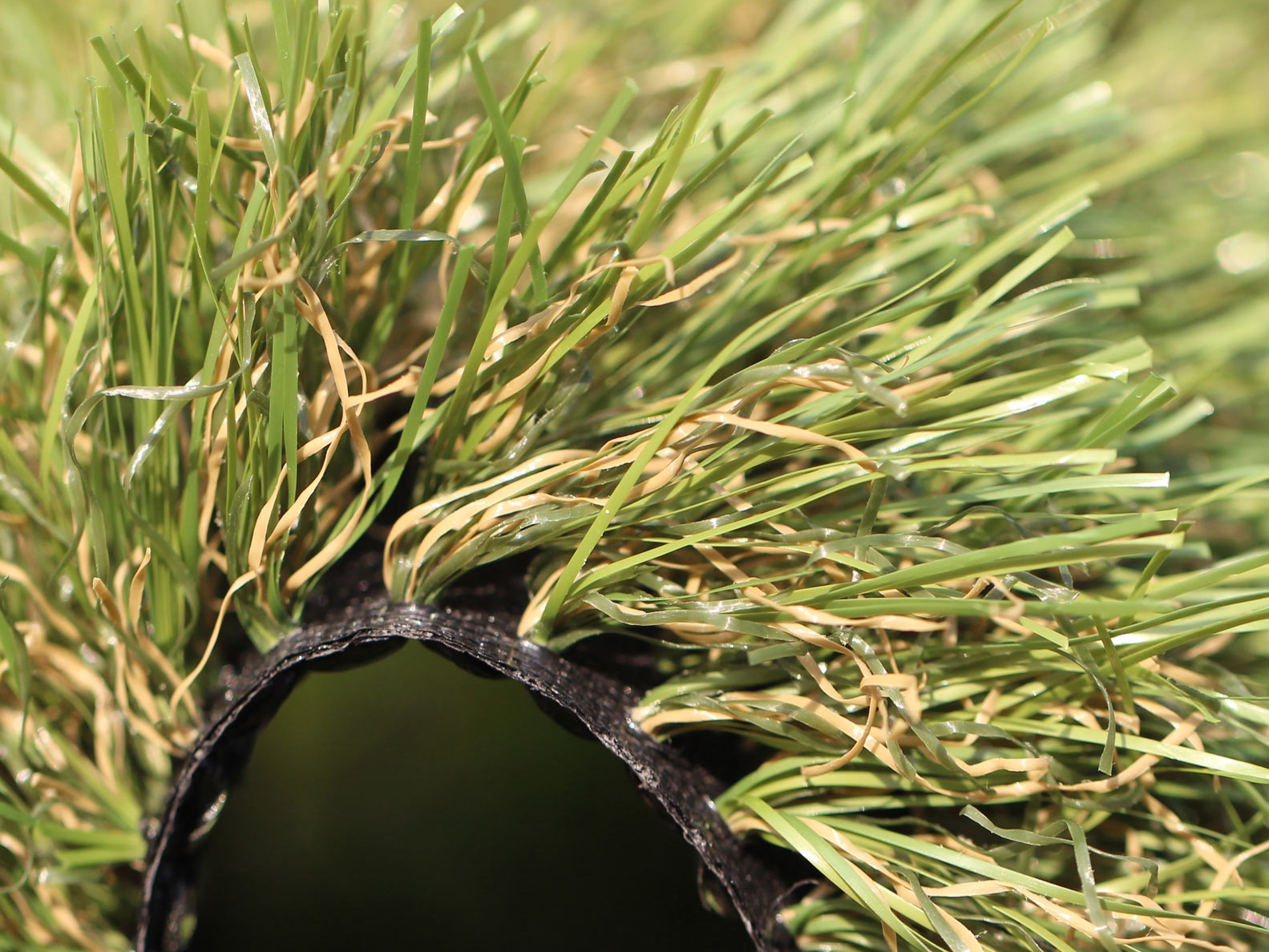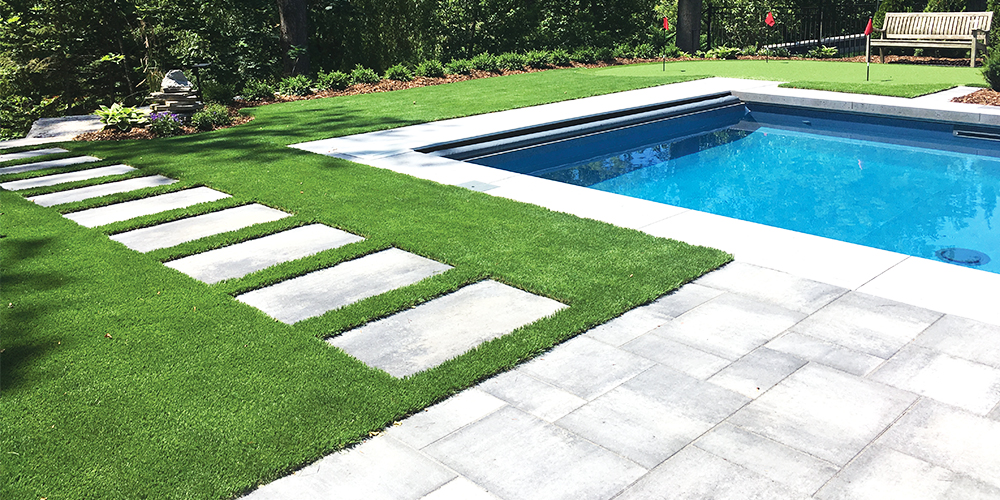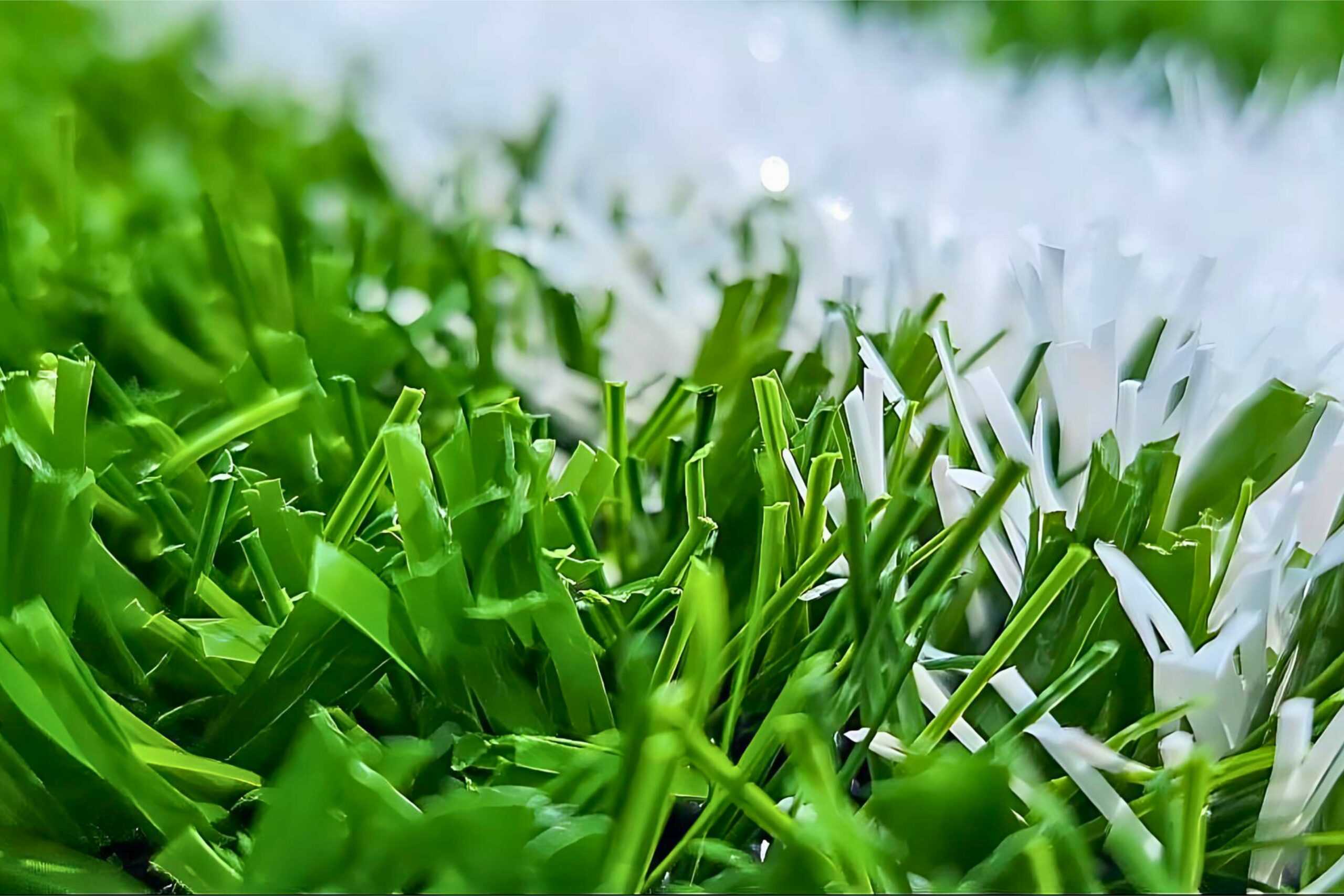Upgrade Your Yard with Expert Turf Installation Phoenix AZ Solutions
Upgrade Your Yard with Expert Turf Installation Phoenix AZ Solutions
Blog Article
Look Into the Environmental Perks of Opting for Artificial Grass Solutions
The fostering of fabricated lawn remedies provides an engaging chance to deal with pushing environmental obstacles. By substantially reducing water usage and lessening the application of hazardous chemicals, these choices not just advertise lasting landscape design however likewise shield neighborhood ecological communities. The lower carbon impact associated with lowered maintenance activities adds to an extra lasting technique to land management. Nevertheless, the ramifications of these benefits extend past simple preservation initiatives, questioning concerning their lasting influence on environment conservation and general eco-friendly balance. Checking out these dimensions discloses a complex interplay worth considering.
Water Conservation Advantages
One of the most considerable advantages of synthetic grass is its capacity to preserve water. Conventional yard lawns need substantial irrigation, particularly in locations susceptible to dry spell or water limitations. In comparison, artificial turf does not need watering, significantly minimizing the total need for water resources. This feature is particularly advantageous in deserts where water scarcity is a pushing concern.
By getting rid of the requirement for normal watering, synthetic grass adds to lasting landscape techniques and assists minimize the environmental impact of extreme water intake. In addition, the preservation of water extends to the reduction of drainage, which can cause dirt disintegration and waterway contamination.
Furthermore, the setup of synthetic grass permits towns and property owners to allot water resources more effectively, focusing on important uses such as alcohol consumption water and farming. The change towards fabricated lawn not just promotes responsible water use but also lines up with wider ecological goals focused on preserving natural deposits.
As areas significantly focus on sustainability, the water conservation advantages of synthetic lawn present an engaging instance for its fostering in residential and commercial landscape design jobs.
Minimized Chemical Usage
The transition to synthetic grass considerably decreases the reliance on chemical treatments frequently made use of in natural grass upkeep. Standard turf management typically entails the application of plant foods, chemicals, and herbicides to promote growth and control parasites. These chemicals can posture threats to human wellness, regional wildlife, and the setting, adding to soil and water contamination.
On the other hand, synthetic grass gets rid of the requirement for these dangerous compounds. As soon as installed, it calls for marginal maintenance, mainly including regular cleansing and infrequent infill replenishment. This decrease in chemical use not just profits the prompt atmosphere but likewise contributes to wider ecological stability. By decreasing the launch of artificial substances into the ecological community, synthetic turf promotes much healthier soil and water systems.
Moreover, the lack of chemical drainage connected with synthetic grass installments helps protect regional waterways from contamination, supporting water life and maintaining biodiversity. Arizona turf. As neighborhoods increasingly focus on sustainable methods, opting for fabricated turf provides a feasible option that aligns with environmental preservation objectives. Through this change, residential or commercial property proprietors can take pleasure in lavish green spaces without compromising ecological wellness, paving the means for a more lasting future
Reduced Carbon Footprint

Furthermore, the installation of fabricated lawn can result in significant water conservation. Natural yards need substantial quantities of water for watering, which not just includes in the carbon impact associated with water removal and therapy however also pressures regional water sources. On the other hand, synthetic grass requires minimal upkeep, requiring no watering, consequently significantly lowering water usage and its connected power costs.
In addition, the long life of artificial lawn adds to its reduced carbon effect. With a life expectancy of up to 15 years or more, the demand for frequent replacements is diminished, causing much less waste and reduced energy consumption in production and getting rid of typical yard choices. Overall, artificial grass presents a lasting alternative for ecologically mindful landscaping.
Environment Preservation
Environment preservation is a crucial consideration in the discussion over landscape design choices, specifically when comparing synthetic grass to all-natural lawn. Natural grass yards usually require comprehensive maintenance, including the usage of fertilizers, chemicals, and herbicides, which can adversely affect local communities. These chemicals can seep into the dirt and waterways, damaging indigenous vegetation and animals weblink and disrupting regional environments.
Fabricated grass removes the need for damaging chemicals, thus securing nearby wild animals and preserving the integrity of surrounding environments. The installment of artificial grass can lead to the conversion of previous turf areas right into even more biodiverse landscapes, such as pollinator gardens or indigenous plant locations, which can support local wild animals.
Inevitably, the change to synthetic grass not only preserves water and lowers upkeep efforts yet also cultivates a much more harmonious partnership between human tasks and the native environment, advertising habitat conservation while doing so.
Long-Term Sustainability
Long-term sustainability is an essential element in assessing the advantages of fabricated lawn over traditional turf lawns. Among the most considerable advantages of synthetic grass is its durability; it can last up to 15-20 years with minimal maintenance, whereas natural turf requires regular reseeding and replacement. This long life reduces the need for continuous resources, such as water, fertilizers, and chemicals, which are essential for keeping a healthy turf yard.
In addition, fabricated turf contributes to a reduction in carbon exhausts connected with grass treatment equipment. Conventional yards frequently require gas-powered lawn mowers, trimmers, and blowers, every one of which add to air contamination. Turf installation phoenix az. On the other hand, fabricated turf removes the need for such devices, promoting a cleaner setting
Additionally, the manufacturing of artificial turf significantly utilizes recycled materials, boosting its sustainability profile. As makers embrace environmentally friendly practices, the ecological footprint of fabricated turf remains to decrease.

Conclusion
The fostering of synthetic turf remedies offers considerable ecological benefits, consisting of substantial water conservation, decreased reliance on dangerous chemicals, and a reduced carbon footprint. Additionally, synthetic grass help in preserving all-natural habitats by minimizing land disruption and promoting long-term sustainability with using resilient products. Collectively, these aspects highlight the possibility of synthetic grass to add positively to environmental health and offer a feasible alternative to conventional landscape design practices in an increasingly resource-conscious world.
In contrast, fabricated turf does not need watering, considerably minimizing the total need for water resources. By decreasing the launch of synthetic substances right into the ecological community, artificial grass promotes much healthier dirt and water systems.
Furthermore, the installment of artificial grass can result in significant water conservation. In comparison, synthetic lawn needs marginal upkeep, requiring no watering, thus dramatically minimizing water usage and its connected power costs.

Report this page